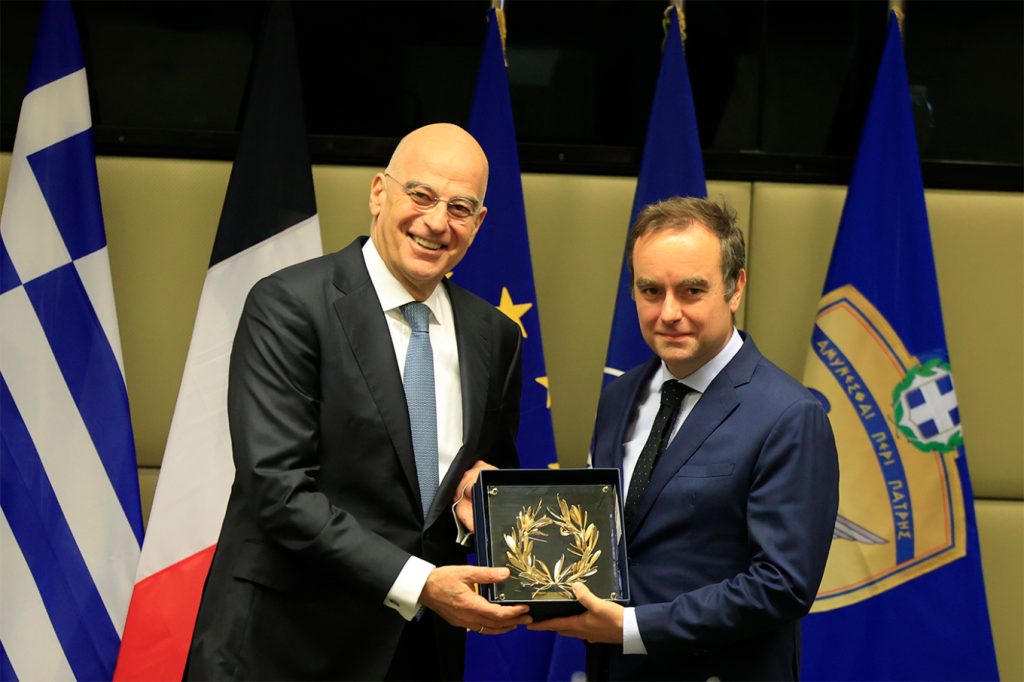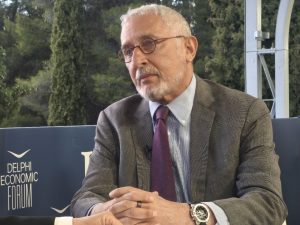In an age where individualism often overshadows collective well-being, we find ourselves longing for connection in a world that promotes self-sufficiency above all else. The digital era has amplified this individualistic culture, often leaving people feeling isolated despite being more connected than ever. Yet, in the midst of this paradox, a significant shift is occurring. More and more people are turning to groups to find the community and support that modern life lacks.
Of course, such a shift is not incidental. As S.H. Foulkes, the founder of Group Analysis, argued, we are inherently social beings and our identities and behaviors are deeply influenced by the groups to which we belong, starting from our earliest moments in life. Building on this foundation, Group Analysis delves into the intricate dynamics of groups, examining the conscious and subconscious processes that occur within groups, and exploring how individuals’ behaviors and experiences are shaped by their interactions within a group context.
Whether in psychotherapeutic, educational or organizational settings, groups are foregrounded as a key strategy to combat isolation, enhance mental health and increase productivity. But is it really that simple?
The Role of the Anti-Group
Admittedly, it’s not. Almost everyone would be able to report at least one negative experience in relation to teamwork or participation in any type of group. Indeed, not all group dynamics are positive. Earl Hopper’s concept of the ‘anti-group’, addresses the destructive forces within groups that resist cohesion and productivity. The anti-group can manifest itself as a collective resistance to change, a scapegoating of members, or the undermining of group goals. Thus, another paradox arises; our long-established need for social belonging clashes with the challenges of engaging in group activities.
A case in point concerns educational and organizational settings. In educational institutions, collaborative learning is increasingly implemented, with the goal of fostering a sense of community, and helping students, faculty and staff build essential social skills, as well as resilience against academic pressures. Likewise, in the corporate world, teams are commonly preferred to facilitate innovation and efficient problem-solving. However, in most cases, teamwork lacks an analytic dimension, and is often experienced as a top-down imposition that students or employees have to tolerate or, at best, manage. As indicated in a study conducted at The American College of Greece, team members often report avoidance, free-riding, an inability to address interpersonal conflict or difficulty asserting themselves. Such practices are directly related to dysfunctional dynamics associated with the ‘anti-group’. They prevent members from enjoying the benefits of group experiences, and, in some cases, even compromise individuals’ mental health and well-being.
The Social and the Individual in Dialogue
In this context, a group-analytic way of thinking emerges as an invaluable tool for successful groups. Sociologist Norbert Elias’s notions of ‘individuation’ and ‘socialization’ are particularly relevant here. Elias argues that individuation—the process of becoming an individual—is inherently tied to socialization—the process of learning and internalizing the norms, values, and behaviors of a group or society. Crucially, these processes are not isolated but are parallel and interdependent. As people communicate and engage with others in various social groups—family, schools, workplaces—they continuously navigate these dual processes, discovering their unique identities while simultaneously adapting to collective norms and values.
This parallel development of individuation and socialization is permeated by effective, open, and contextualized communication. By participating in groups, individuals dynamically negotiate their personal and collective identities through verbal and non-verbal interactions. Thus, a group-analytic perspective would facilitate members of any group to express feelings and thoughts, confront each other constructively and, importantly, find ways to ‘speak the unspoken’.
Boosting Productivity and Mental Health
One might wonder, how is all this applicable?
For starters, educational institutions and organizations place increasingly more importance on the development of so-called soft skills: handling negative criticism, holding each other accountable, addressing conflict constructively. In preparing for successful teams, promoting awareness of interpersonal communication skills already brings us halfway there. The second component of successful and productive teams is a group-analytic one. In his seminal work “The Art of Group Analysis in Organizations” , Gerhard Wilke emphasizes the importance of group analysis in fostering a supportive and productive environment, arguing that organizations can thrive by understanding and harnessing the underlying group dynamics. This simply translates in bringing a reflective dimension to the forefront. Keeping an eye on constructive and destructive forces within the group, we can start by asking: what is the group saying today, and, more importantly, what is the group not saying and why?
Embracing group dynamics would help students and employees foster a sense of belonging and connection, unlock their creativity and productivity, and, ultimately, enhance their mental health by experiencing what has been described as an inherent, universal need: being part of robust, nurturing, and highly functional groups.
Of course, such an endeavour requires time, effort, and investment. A decisive first step is to simply refute the myth that “there is no ‘I’ in team”. Rather, there are multiple “I’s” and “We’s” in every team, all of which are intertwined and in continuous dialogue.
*Dr. Katsiveli is Assistant Professor of Linguistics and Communication at Deree – The American College of Greece. Her research interests revolve around the relationship between language, identity, and group dynamics. She is currently teaching courses in Sociolinguistics and Professional & Interpersonal Communication.



